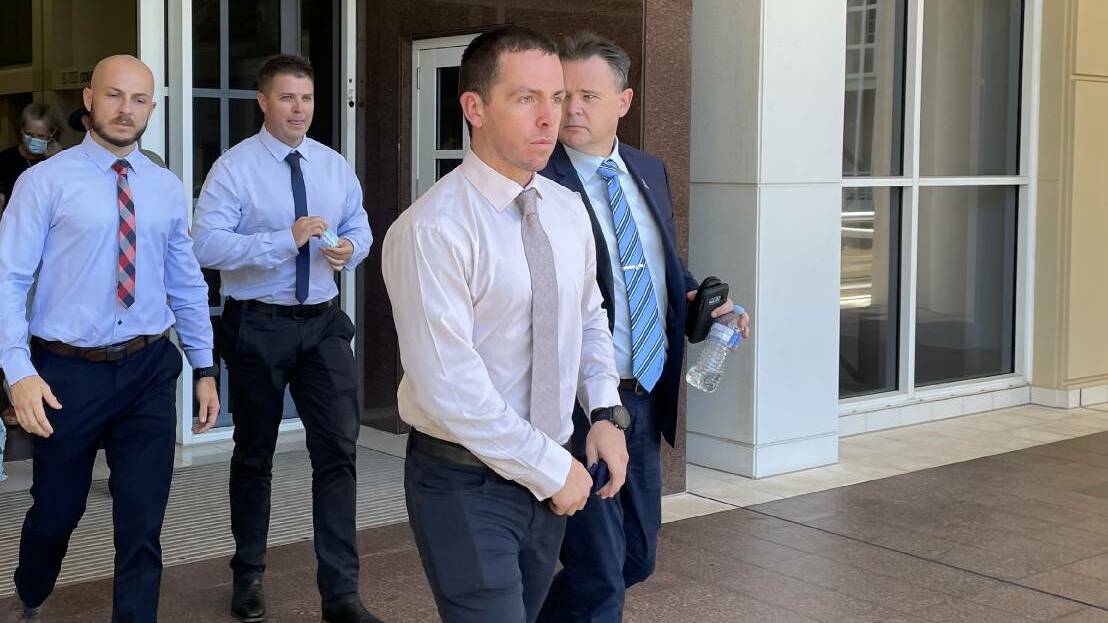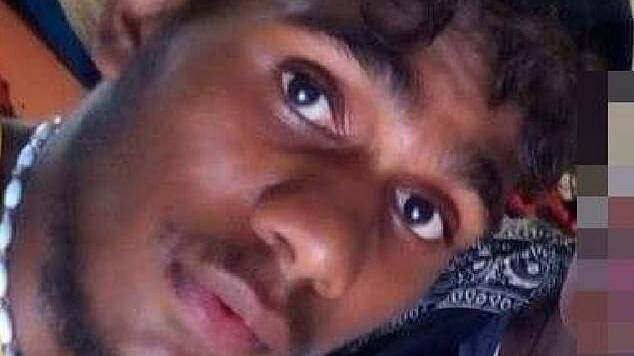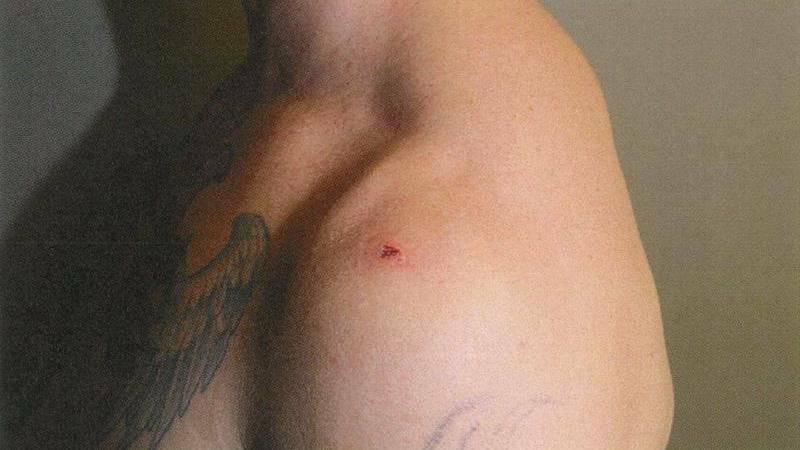Kumanjayi Walker could have survived being shot three times in the chest by NT police officer Zachary Rolfe if local nursing staff hadn't been evacuated for safety reasons on the day of the shooting, a court has been told.
Furthermore, it's almost certain Mr Walker would have survived if the shooting had taken place near a city rather than in the bush, according to an intensive care expert.
Constable Rolfe entered the third week of his murder trial in the Darwin Supreme Court, with the jury hearing more expert evidence from prosecution witnesses on Monday.
The court had previously heard that all of the nurses in the Aboriginal community of Yuendumu, where Mr Walker was at the time of his death, had been advised to leave the community because of a spate of recent break-ins.

They had all left by November 9, 2019, and the shooting occurred about 7.20pm that night. Mr Walker was declared dead at the Yuendumu police station at 8.36pm.
Specialist intensive care physician and combat surgeon Dr Michael Reade told the court he believed the NT Police officers who provided first aid to Mr Walker after the shooting, including Constable Rolfe, did all they could have done in the situation.
"I don't think that they could have reasonably been expected to do anything else," Dr Reade said.
He said body-worn camera footage of the first-aid effort he was shown ahead of giving evidence indicated that Mr Walker was clearly in a bad way.

"Did you observe during the resuscitation attempts Kumanjayi Walker saying on several occasions that he couldn't breathe?" Crown prosecutor Sophie Callan SC asked.
"Yes, I did," Dr Reade replied.
"Did you also observe that at a certain point in time that his respiratory rate was something like 48 breaths per minute, indicating obvious respiratory distress?" Ms Callan asked.
"Yes, I did. There were other times when I observed that his rate was elevated, but there was just that one occasion when I was able to time his rate accurately and indeed, it was 48 breaths a minute, which is very high," Dr Reade said.
Read more:
- Wrap-up: Week two of the Zachary Rolfe murder trial
- Kumanjayi Walker still holding scissors after NT officer Zachary Rolfe shot him in Yuendumu, court hears
- Police team not deployed to arrest Mr Walker: Assistant Commissioner
- Mr Walker's uncle relives moments before nephew's shooting
Dr Reade said there was a chance that if nursing staff were present in the town at the time, Mr Walker would have survived.
"They would've been able to provide some lower level of support for his breathing, a lower level of support for his circulation," he said.
"Had they been there, had they been applied, that could have delayed his death for a retrieval team to arrive [to take Mr Walker to hospital]. But I can't provide any certainty over that."
Constable Rolfe shot Mr Walker three times in the chest during an attempted arrest, in response to Mr Walker stabbing him in the shoulder with a pair of scissors.

Dr Reade said the injuries to Mr Walker's internal organs, including his lungs, liver and kidney, required urgent "damage control surgery", with Alice Springs Hospital, over 300 kilometres away, being the nearest place that this would have been available.
"Had he been shot within metres of me here at the Royal Brisbane Hospital, I think his chances of survival would have been extremely high," he said.
"I think as you progressively degrade the medical care that's available, both pre-hospital and then the time to that damage-control surgery, the chance of survival progressively diminishes.
"And that, regrettably, is a reality for much of rural Australia."
Earlier in the day, the jury was shown the scissors Mr Walker used to stab Mr Rolfe during the bungled arrest, as well as the Glock pistol Mr Rolfe used to shoot Mr Walker.
The exhibits were tendered while Alice Springs crime scene examiner Senior Constable Ian Spilsbury was on the stand giving evidence.







